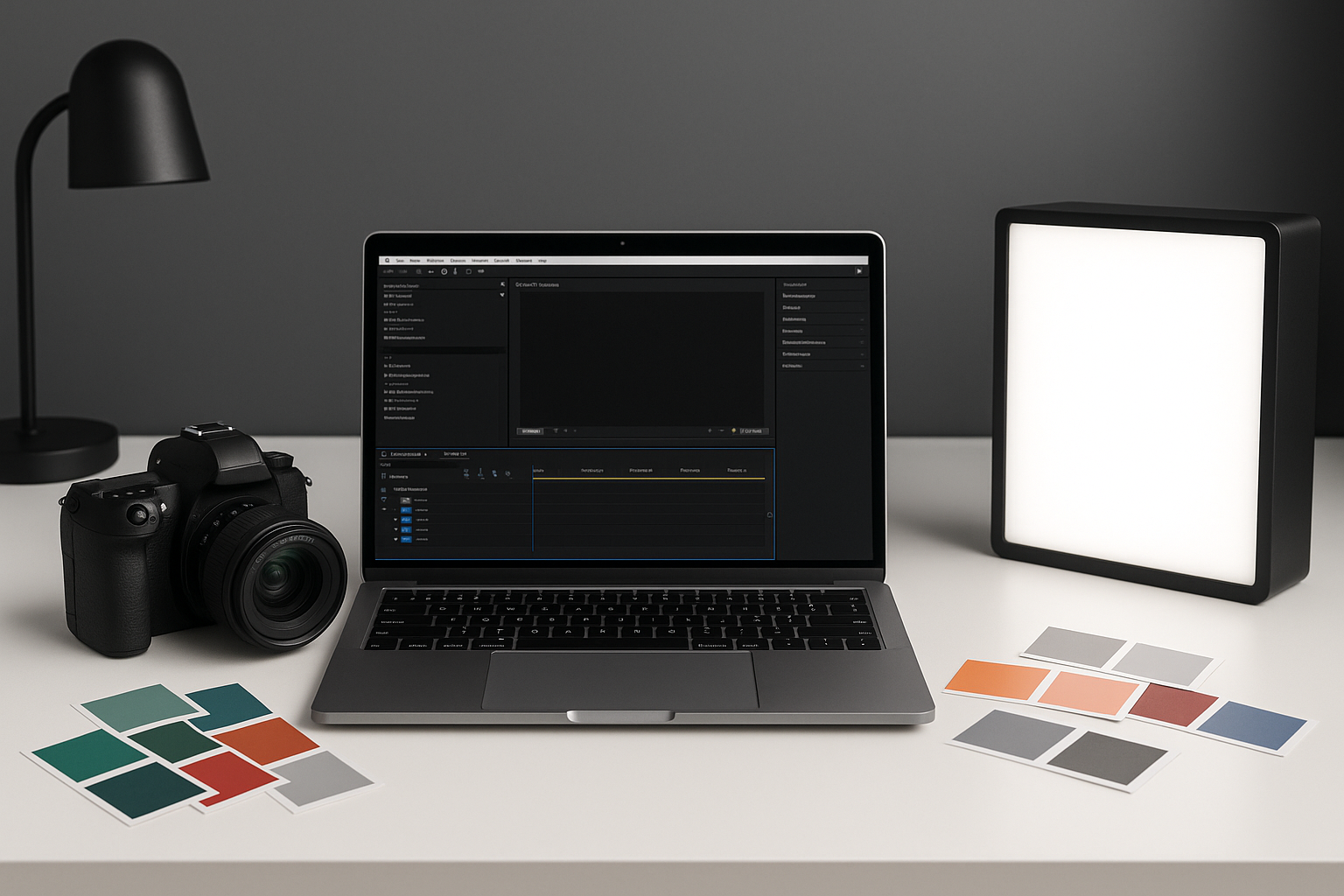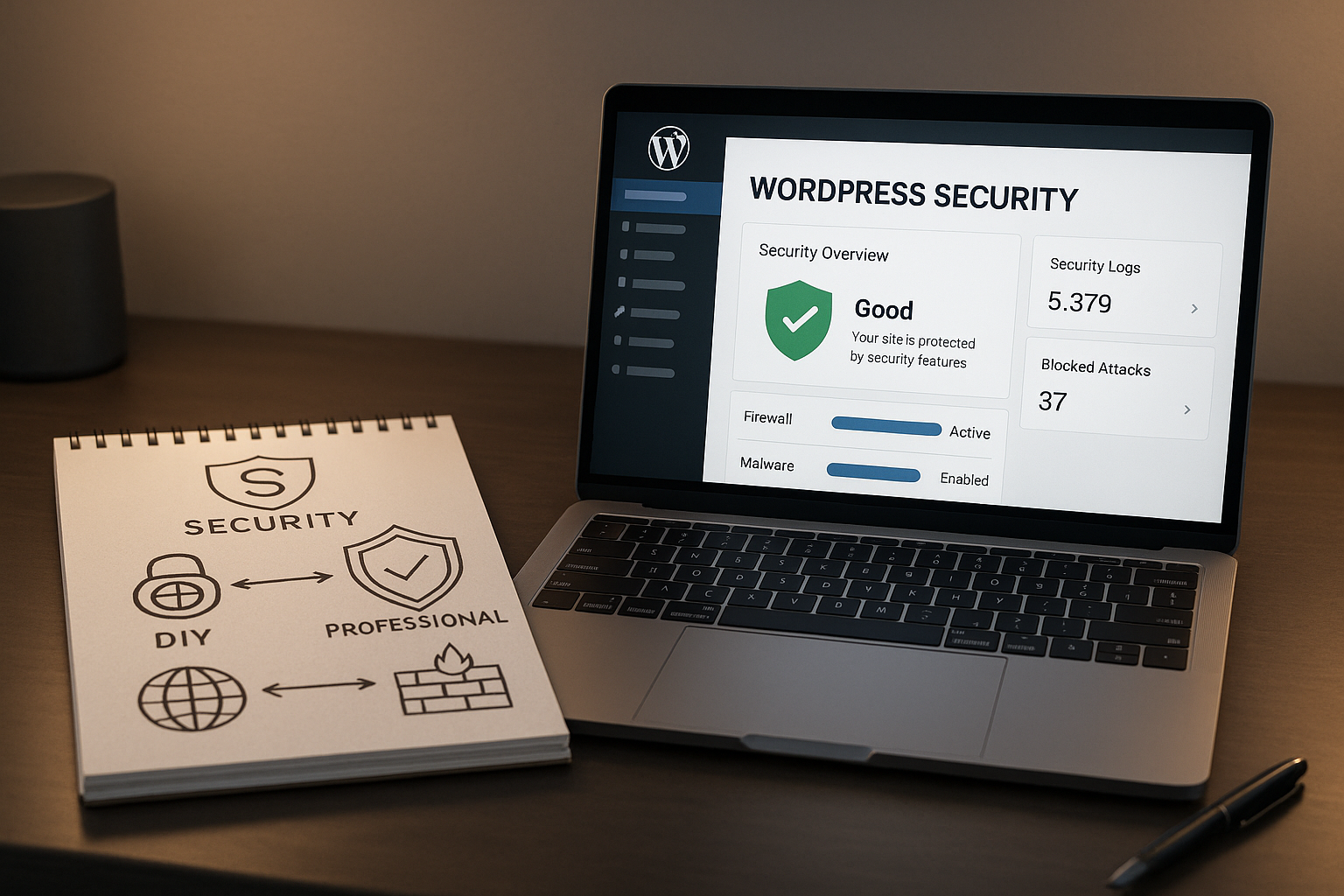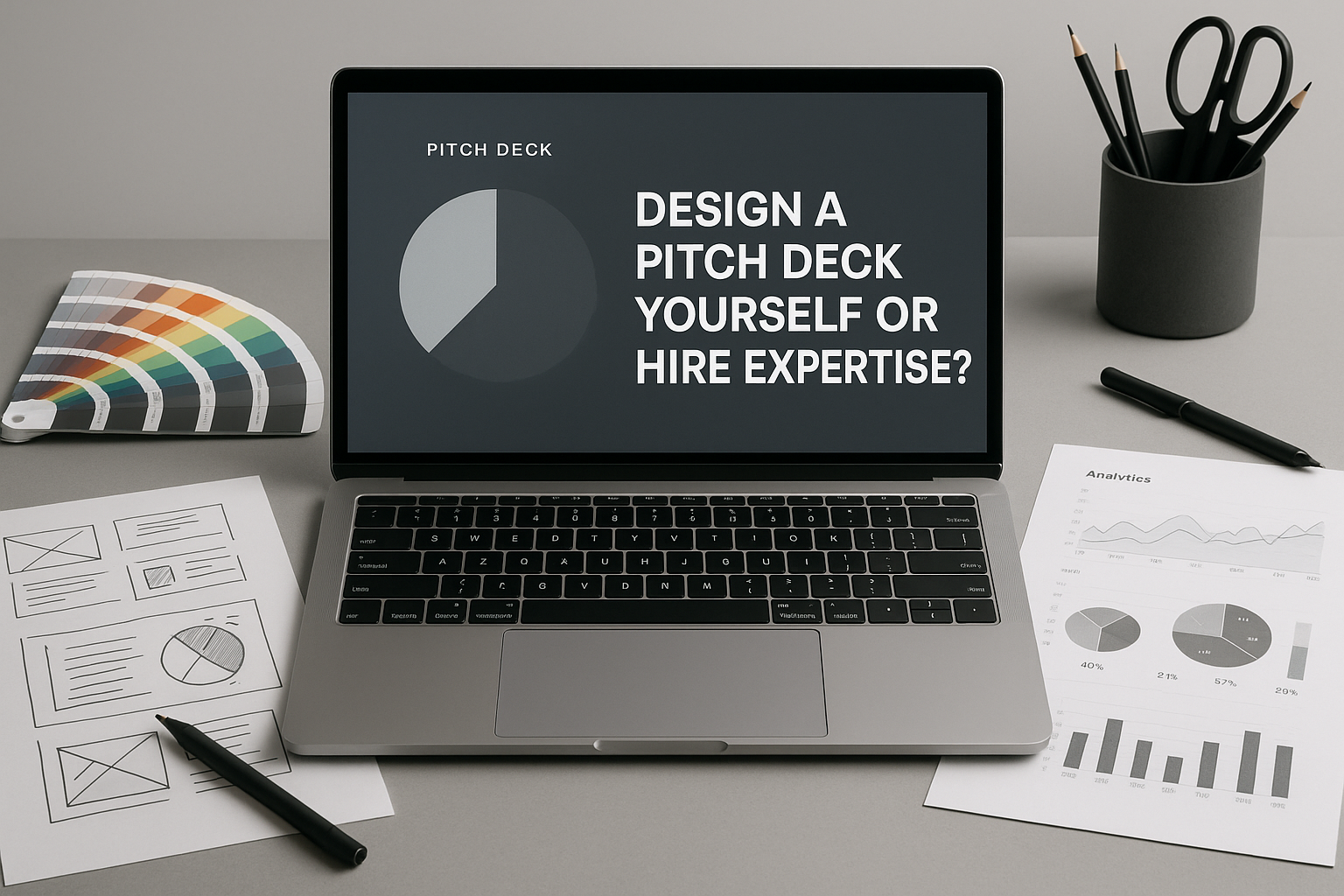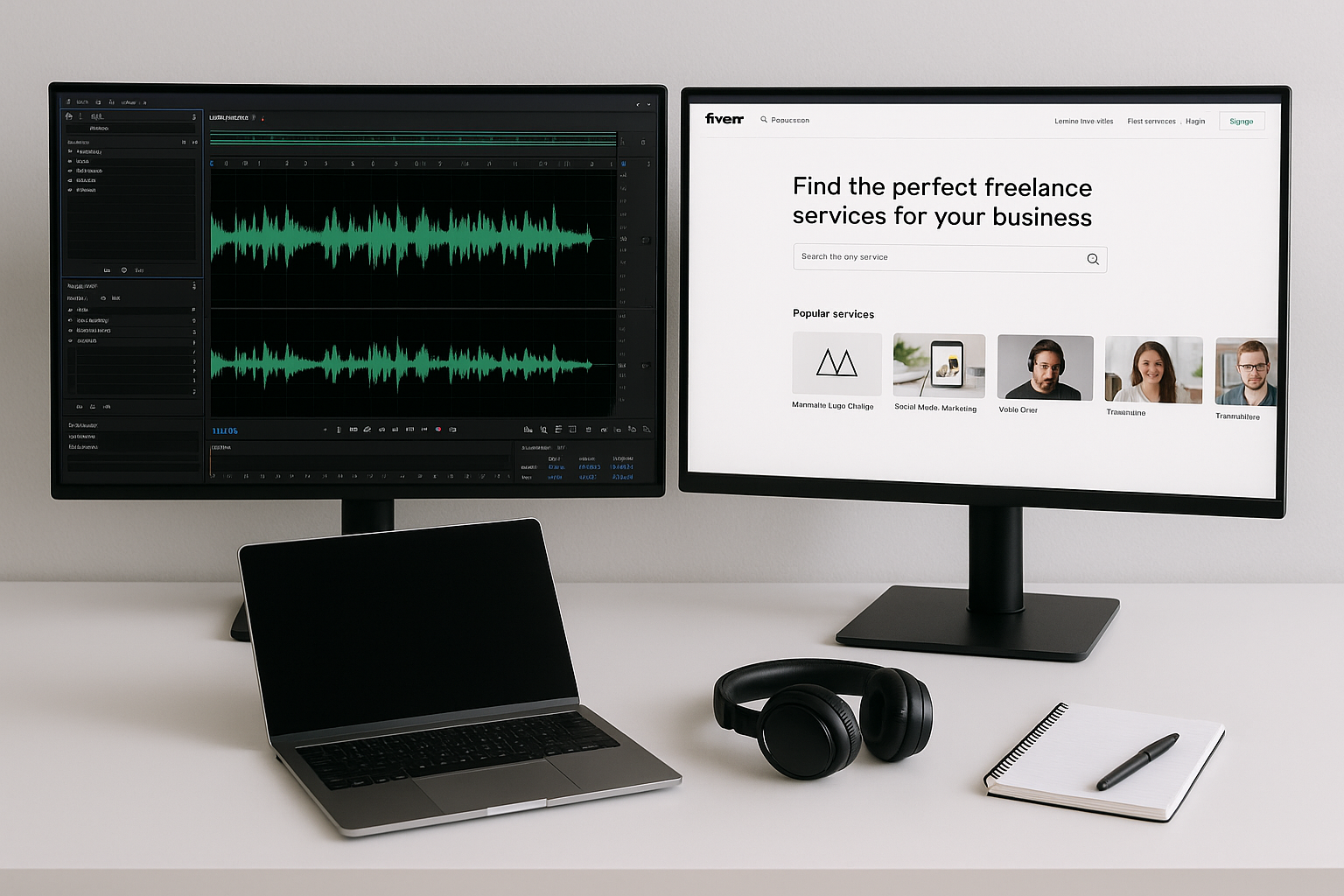diy product photography vs professional is a pivotal decision for anyone looking to showcase products online. According to a recent Shopify study, a staggering 75% of online shoppers say product photos significantly influence their purchase decisions. When visual appeal carries that much weight, how you handle product photography can make or break a sale.
Should you invest in in-house lighting, camera gear, and editing software, or hire a professional photographer and retoucher? Each approach involves different costs, time commitments, and quality outcomes. In this article, we’ll explore everything from essential gear to editing workflows, helping you determine whether a do-it-yourself approach or tapping a pro is best for your brand.
Key Takeaways
- High-quality product imagery is key to boosting online sales and building consumer trust.
- diy product photography vs professional decisions hinge on budget, time, and desired image quality.
- In-house photography requires investing in gear and learning editing skills, while outsourcing saves time and offers specialized expertise.
- Technological advances make DIY photography more accessible, but professional photographers often provide a refined, polished look.
- Consider factors like fiverr photo editing vs doing it yourself or cost of hiring product photographer fiverr to balance expenses and efficiency.
Understanding DIY Product Photography
DIY product photography refers to the process where sellers plan, set up, and shoot images on their own without hiring outside professionals. This approach might look simple at a glance, but it often involves a significant learning curve. You have to explore camera settings, lighting setups, and even the post-production steps to create high-quality images.
For many solopreneurs, the DIY path initially appears cost-effective, similar to when you decide whether to produce your own promotional video or hire a pro (DIY promo video vs hiring videographer), or when you consider doing your own logo design instead of hiring a designer (DIY logo design vs hiring designer). However, the real question is whether you have the bandwidth to learn photography fundamentals and editing basics while managing other parts of your business.
Some entrepreneurs love the creative control that DIY product photography offers. Others find that it distracts them from core tasks, which in turn can slow down growth. Before committing to a DIY approach, outline the specific steps involved in capturing and enhancing product images, and estimate how much time you can invest in mastering these skills.
Why Quality Photography Matters
Consumers increasingly rely on visuals to determine if a product meets their needs. Blurry, poorly lit, or inconsistent images can result in higher return rates and lower conversions. Beyond technical clarity, high-quality photos help shoppers envision the product in their daily lives, tapping into emotions and encouraging impulse purchases.
Think about the parallels from other brand-building decisions: building a website yourself or hiring a developer can dramatically shape user experience; likewise, your product photos shape first impressions. Effective imagery can highlight a product’s texture, scale, and features in ways that text alone cannot convey.
The added trust you gain from well-crafted images often justifies the extra cost or effort. By capturing your products in the best possible light, you align practicality with aesthetics, setting the stage for higher satisfaction and fewer customer complaints.
Detailed Comparison: DIY Product Photography vs Professional
This section dives deep into how diy product photography vs professional services stack up. While both methods can produce compelling results, each comes with unique pros and cons that impact your budget, output quality, and overall efficiency.
1. Budget Constraints
If you’re short on funds, shooting product photos on your own might seem like a no-brainer. Yet, hidden expenses—like specialized lighting equipment, backdrops, and software subscriptions—can add up. Professionals usually have all these tools at the ready, reducing expenditures on your end.
A critical piece of the puzzle is also the cost of hiring product photographer fiverr. Websites like Fiverr let you connect with photographers for competitive rates. In some cases, paying a skilled freelancer is more economical than gradually accumulating gear you might rarely use.
2. Quality Output
Professional photographers invest years mastering camera angles, lighting techniques, and editing processes. When you outsource, you tap into this expertise immediately. However, many modern cameras and smartphones are now so advanced that motivated DIYers can create excellent shots with enough practice.
So, how do you decide? Think about the types of products you sell. Highly detailed textiles or reflective jewelry pieces are challenging to capture perfectly, making a pro more appealing. Basic items like T-shirts or books are easier for novices to photograph decently.
3. Time Investment
Time is a significant consideration in diy product photography vs professional. If you plan to produce high-volume listings, the hours spent staging scenes, adjusting lighting, and editing could spiral. Alternatively, professionals can often manage large volumes efficiently, freeing you to focus on other aspects of your business.
These decisions mirror other outsourcing choices, such as running Facebook ads yourself or hiring an agency. Evaluate your time carefully before committing to an approach.
4. Creative Control & Brand Consistency
The DIY route allows you to shape every aspect of your shoots, aligning visuals precisely with your brand voice. However, if you’re not a skilled photographer, achieving consistent angles and lighting across all product lines can be tricky. Professional photographers often excel in delivering uniform, polished results that maintain brand consistency over time.
Like deciding to write website copy yourself or hire a copywriter, the question is whether you trust your own expertise to match the polished consistency a professional might bring.
Cost Breakdown & Equipment Considerations
To understand the financial aspect of diy product photography vs professional more concretely, let’s examine common expenses. DIY photographers need at least a decent camera or smartphone, LED lights, reflectors, backdrops, and editing software. Pros already own high-end gear and backgrounds, so you typically pay a flat or hourly fee for their time and skill.
| Factor | DIY Approach | Professional Service |
|---|
| Gear Investment | $300–$2000+ for camera, lighting, and accessories | Minimal for you, as the photographer owns gear |
| Learning Curve | Significant; photography & editing skills needed | Professionals already have experience |
| Time Commitment | High if shooting large product volumes | Lower; you outsource the workload |
| Consistent Quality | Varies based on skill level | Usually more polished & reliable |
| Scaling Projects | Can become time-intensive | Pros can handle large shoots efficiently |
Sometimes the total cost of hiring product photographer fiverr and a professional retoucher might be less than setting up your own mini-studio, especially if you rarely update product lines. On the other hand, if you’re launching new items constantly, an in-house studio can pay off in the long run.
Editing Options: Software vs Freelancers
Great shots don’t end with the camera shutter—it’s the post-production phase that refines brightness, contrast, and color balance. You could invest in photo editing software vs freelancer retouchers, or even explore fiverr photo editing vs doing it yourself to find a sweet spot between budget and quality.
Leading software like Adobe Photoshop or Lightroom can transform a decent shot into a striking image. Yet, mastering these programs involves a learning curve. If editing isn’t your forte, outsourcing becomes attractive. A professional retoucher can standardize the look of your entire product catalogue, creating consistent visuals across all listings.
Moreover, advanced editing tasks—such as background removal, color correction for complex items, and subtle retouching—are time-consuming. Consider how that workload might affect your schedule, especially if you’re also managing inventory, customer service, and marketing campaigns.
Outsourcing Advantages: Time & Retouching Benefits
Freelance platforms and professional studios offer an array of outsource image retouching benefits for entrepreneurs who value efficiency. Instead of juggling multiple tasks, you hand over your raw images and receive polished, ready-to-upload files. This model is particularly helpful for seasonal businesses that require extensive updates during peak times.
When balancing fiverr photo editing vs doing it yourself, weigh both cost and quality. Some Fiverr sellers offer budget-friendly editing bundles, perfect if you only have a few SKUs. However, if you’re scaling quickly, a professional retouching studio might deliver consistent results and handle higher volumes.
Remember, outsourcing is not just about removing a few shadows. Skilled retouchers often apply color-grading techniques, remove imperfections, and ensure each product’s details pop. When your images look professional, consumer trust rises—and that trust can translate to more sales.
Conclusion
Ultimately, diy product photography vs professional is a balancing act of cost, time, and quality. For smaller brands or individuals with strong creative inclinations, the DIY route can offer flexibility and reduced costs—provided you’re ready to learn the ropes. Larger brands or those needing top-tier consistency often lean on professionals to ensure a polished, scalable photo solution.
Product imagery is a vital part of your brand’s overall story, reflecting the same strategic considerations you’d have when deciding between in-house marketing or hiring an agency. Weigh how each approach aligns with your resources, skill set, and growth plans. By carefully evaluating your options, you’ll be empowered to choose the photography method that sets your products up for success.
Frequently Asked Questions
Q1: Is investing in DIY product photography expensive?
A: It can be, especially if you buy high-end equipment. However, many e-commerce sellers successfully utilize mid-tier cameras or smartphones paired with basic lighting kits. The real cost is the time you’ll spend learning and refining your photography skills.
Q2: How soon can I see results from professional photography?
A: Turnaround times vary by photographer and project size. Some freelancers on Fiverr can deliver images in a few days, while larger studios might take a week or more. Clear communication about deadlines ensures timely results.
Q3: Which editing option is best: photo editing software vs freelancer?
A: If you love hands-on work and have time to learn software like Photoshop or Lightroom, in-house editing can be rewarding. However, outsourcing frees up your schedule and may yield more professional results, especially for intricate retouching tasks.
Q4: Are there specific products that require a professional’s touch?
A: Reflective products like jewelry or glassware often benefit from professional input. Complex items with unique textures may also require specialized lighting to capture details accurately.
Q5: What about fiverr photo editing vs doing it yourself?
A: Fiverr offers a wide range of editing services, from basic background removal to high-end retouching. If you only have a few images to enhance, hiring a reputable freelancer can be cost-effective. Doing it yourself might lead to more control, but be prepared for a learning curve.
Q6: How does cost of hiring product photographer fiverr compare to local photographers?
A: Fiverr photographers often have lower overhead, so they can charge competitive rates. Local photographers, on the other hand, may charge a premium but offer hands-on collaboration and in-person shoot options. Your final decision depends on your budget, timeline, and the complexity of your shooting needs.
Q7: Can outsourcing image retouching benefits extend to branding projects?
A: Absolutely. Outsourcing retouching ensures that your entire product catalog maintains a polished, cohesive look. Consistent images help reinforce your brand identity and improve user experience on your website or marketplace listings.




